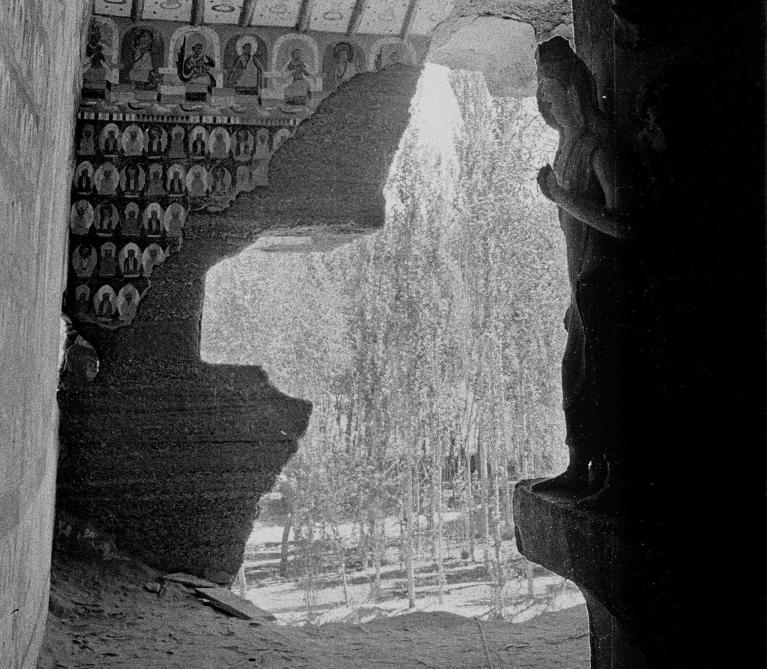Colloquia
Located at the crossroads of the northern and southern routes of the ancient Silk Road on the edge of the Taklamakan desert in western China, Dunhuang is one of the richest Buddhist sites in China with nearly 500 cave temples constructed between the fourth and the fourteenth century. The sculptures, murals, portable paintings, and manuscripts found in the caves represent almost every aspect of Buddhism, both doctrinally and artistically. From its earliest construction to the present, Dunhuang has been visualized in many ways by the architects, builders, and artists who made the caves to twentieth-century explorers and photographers, conservators, and contemporary artists. This symposium will explore ways in which Dunhuang has been visualized from its creation to contemporary times.
